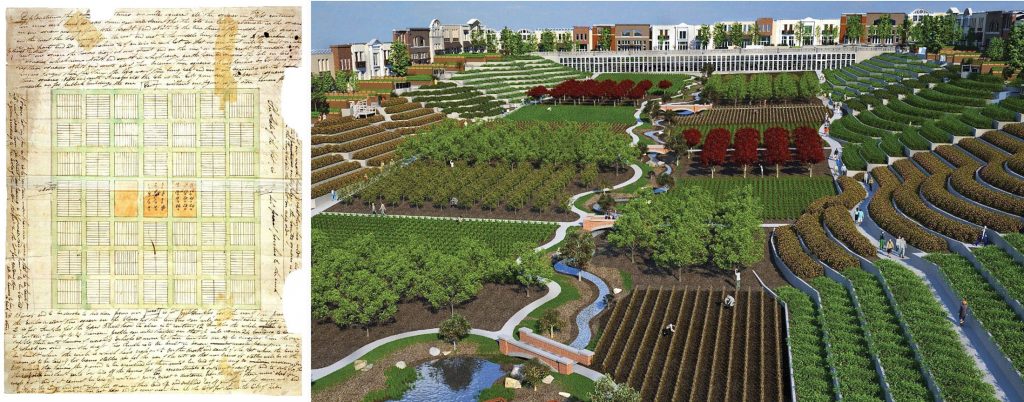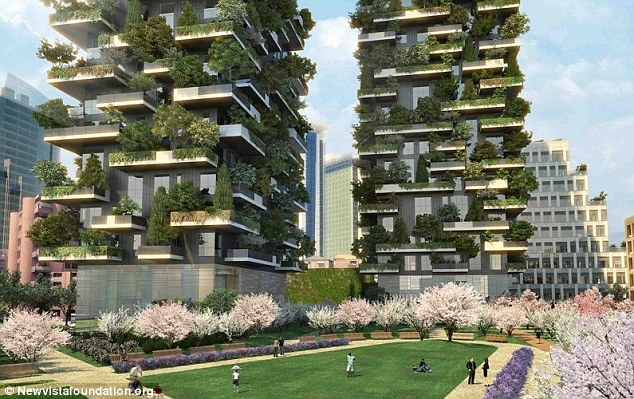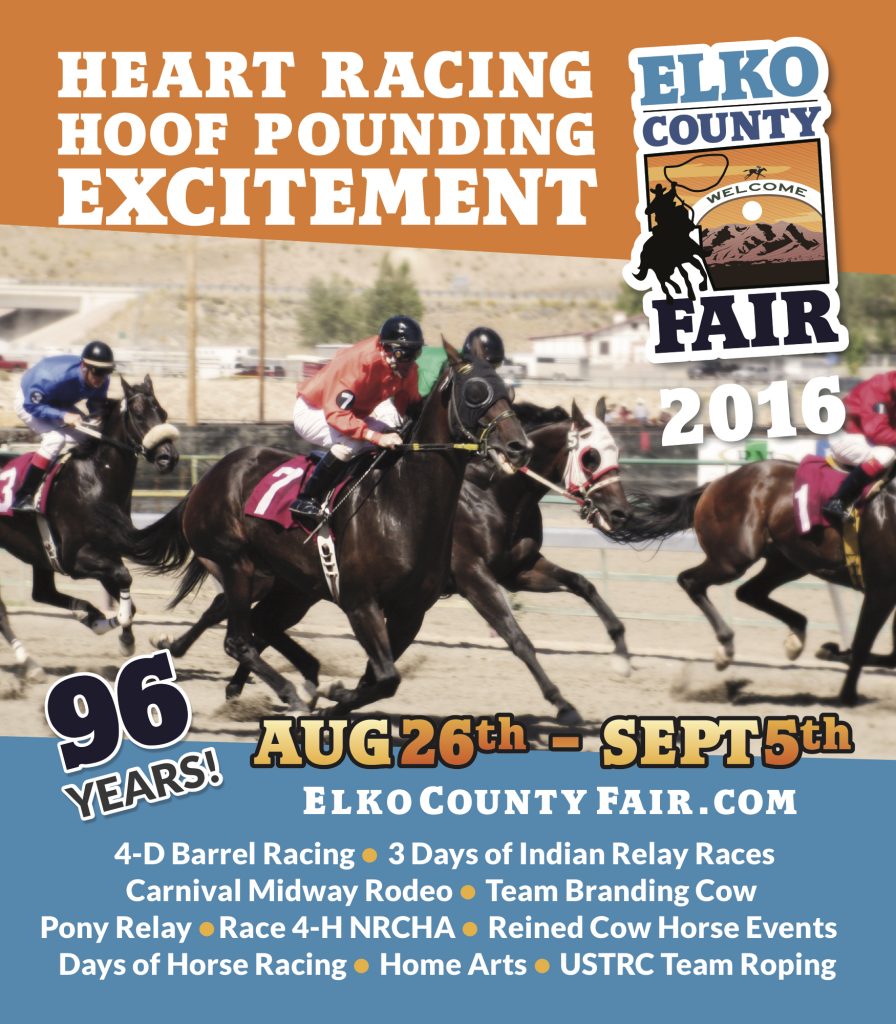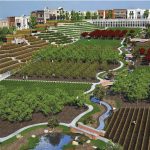
The utopian communities envisioned by a wealthy Mormon businessman near religious landmarks in Utah and Vermont would feature small homes clustered around community gardens and focus on walkability to reduce the need for cars.

David Hall’s effort to build sustainable communities is years away from reality but took a hit this week when the Mormon church denounced his plans, modeled after church founder Joseph Smith’s vision from 1833. Hall is unfazed, vowing to press ahead with the developments that will welcome non-Mormons and urge people to consume less.
The Church of Jesus Christ of Christ of Latter-day Saints has concerns about the communities affecting existing neighborhoods and the longstanding relationships the religion has with those residents, spokesman Eric Hawkins said in a statement. The project is not associated with the church in any way, he said.
“The church makes no judgment about the scientific, environmental or social merits of the proposed developments,” Hawkins said. “However, for a variety of reasons, we are not in favor of the proposal.”
Hall said he’s not surprised because he believes church leaders are not forward-thinking and worry about their image. Their stance allows him to tout that his communities are not influenced by the church and not designed to be Mormon enclaves, he said.
“I’m not running for office and I’m not trying to be a missionary, so I don’t care what people think,” Hall said. “I’m looking for long-term good.”

And long term it is — Hall’s plans are years away from reaching fruition in Utah and decades in Vermont. But neighbors in both states already have expressed concerns about the communities causing drastic changes.
The “Utopia in Vermont” plan calls for housing for 20,000 people, offices, gardens, 48 basketball courts and 48 Olympic-size swimming pools. It’s planned near a monument at the birthplace of Smith, the founder and first president of a religion that now counts 15 million members worldwide.
A community near church-owned Brigham Young University and the Missionary Training Center in Provo, south of Salt Lake City, would be much smaller. Hall owns some of the land already.
The project closest to happening is in a neighborhood in south Provo, where Hall has a warehouse and owns many homes. He plans to build a hotel and several hundred houses to test some of his concepts.
Hall’s foundation’s website shows conceptual designs for the communities he envisions. Narrow, three-story homes with rooftop gardens would be built wall to wall around large, community gardens. People could get around by electric public transit. Energy-efficient multiuse buildings would provide space for meetings and business.
He ultimately hopes to create an entire town with 50 diamond-shaped communities of 15,000 to 20,000 people each near an economic hub so residents could walk or take public transportation to work.
Hall said he has committed much of his own money to the venture, spending $100 million on engineering and other research over the last 50 years. He sold a company last year specializing in synthetic diamond technology and is putting most of the proceeds toward engineering studies.
Hall said Mormon officials have reached out to him, but he does not call back. He says he’s in good standing as a church member but does not want faith leaders telling him what to do.
Besides, he believes those who would be interested in his green living effort will be non-Mormons.
“It’s all getting to one-tenth of consumption we’re at now,” Hall said. “That’s not going to go over well with LDS people, because they’re consumers. They’re free enterprise and right wing, that’s what they’re at.”
Hall is a fourth-generation Mormon. “Joseph Smith was just the wildest guy out there,” he says. “Lots of things he did were stupid, but in my view, he was a sage or a seer and didn’t even understand what came to him.” As the story goes, the plat plan appeared to Smith while he was studying Enoch, an Old Testament prophet who designed a city so perfect it was whisked off to heaven. The text accompanying the blueprint, written out by Smith and his comrades, says each plat should house 15,000 to 20,000 people within one square mile (though the definition of a mile has changed slightly), and that the design should be replicated worldwide. Written in the style of 15th century English, it reads: “When this square is thus laid off and supplied, lay off another in the same way, and so fill up the world in these last days, and let every man live in the city, for this is the city of Zion.”

Hall stumbled upon the document in the 1980s while researching Mormon history in a Salt Lake City library. “I’m the only one who’s really studied this scroll, to this day,” he says, “the only one who knows every word.” Hall had always been interested in architecture and planned communities, and quickly became obsessed with the plat, eventually using Smith’s vision to calculate every aspect of his NewVistas communities. “Other people might say, ‘You’re trapped in this box,’ but it actually helps me solve problems,” he says. “I’ve used it to triangulate right down to the itty-bitty details, like what type of wood to use.” (It’s pressboard.)
Hall’s master plan, laid out in a 26-page single-spaced document, can be found online. The overarching mission is to achieve “global environmental balance by building a network of environmentally and socially sustainable villages, communities, and megalopolises.” The first, he says, will likely be built in Provo, where he’s also in the process of amassing 5,000 acres (and meeting with significant pushback from the community). Once that’s up and running, he’ll move on to Vermont and then across the globe.

